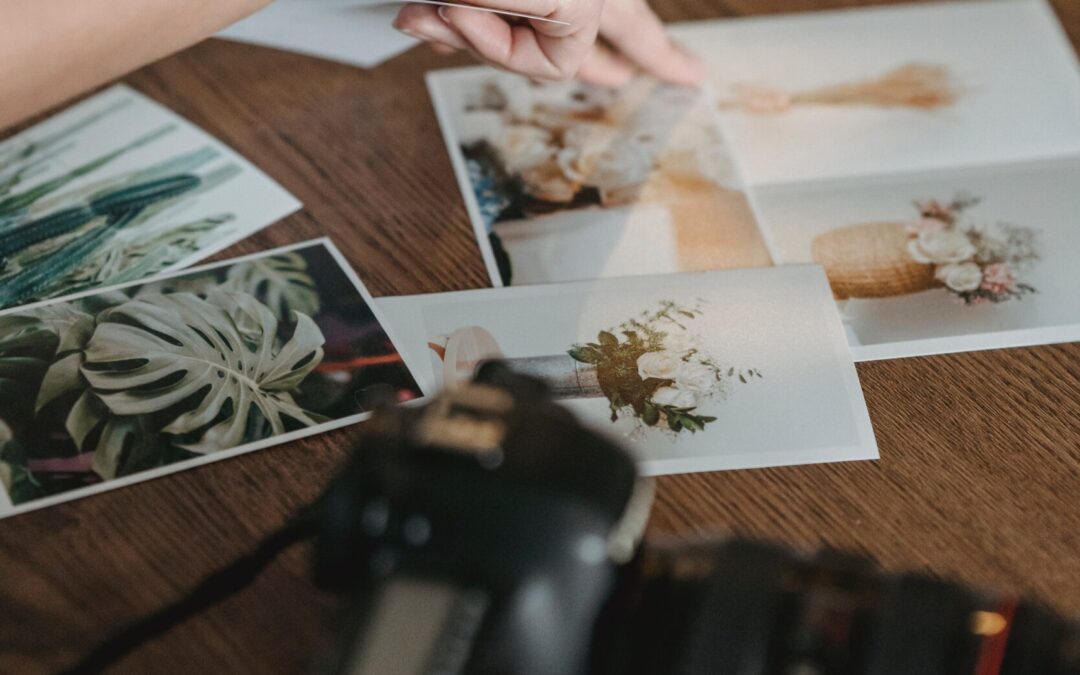Hey there, art enthusiasts, creators, and collectors! Today, I want to dive into a topic that’s close to every artist’s heart: art scanning. Whether you’re a painter, a sketch artist, or a collector with a treasure trove of artworks, scanning is your gateway to preserving and sharing your creations with the world. And guess what? I’ve got your back with the top 10 tips to make your art scanning experience flawless!
1. Dust Off Those Masterpieces
Imagine scanning your artwork only to find specks of dust and lint ruining the shot. Before you hit that scan button, gently clean your artwork’s surface. Use a soft brush or an air blower to eliminate any unwanted particles. Your artwork deserves a clean start!
2. Handle with Care
Treat your artwork like the precious gem it is. Always use clean, dry hands when touching it. If you’re scanning something fragile or irreplaceable, consider wearing cotton gloves to avoid smudges or oil marks.
3. Find the Sweet Spot
Proper positioning is key. Ensure your artwork is flat and centered on the scanner bed. Use guides or marks to align it perfectly. This minimizes distortion and ensures a clear scan.
4. Choose the Right Resolution
Resolution matters—a lot. If you’re unsure, aim for a high resolution (300 DPI or higher). You can always reduce the size later, but you can’t add detail to a low-res scan.
5. Say No to Glass Glare
Glass-framed art can be a pain due to reflections. Angle your scanner and art slightly to minimize glare. Experiment with scanning at different times of the day to find the best lighting conditions.
6. Calibrate Your Colors
Color accuracy is non-negotiable. Calibrate your scanner to ensure it captures colors as close to the original as possible. Most scanners come with calibration software or settings.
7. Preview Before Committing
Always, always preview your scan before hitting that final scan button. Check for any missed spots, skewed angles, or color discrepancies. It’s your last chance to make adjustments.
8. Post-Scan Touch-Ups
Don’t fret if your scan isn’t perfect right out of the gate. Post-scan editing tools like Photoshop can work wonders. Adjust brightness, contrast, and colors to match your artwork’s true essence.
9. File Format Matters
Save your scan in a high-quality, lossless format like TIFF or PNG. These formats preserve every detail. JPEG is convenient but may compress your image slightly.
10. Backup, Backup, Backup
Last but not least, create multiple backups of your scanned artwork. These digital files are priceless. Store them on external drives, cloud storage, and even physical prints if you can.
Voilà! You’re now armed with the know-how to make your art scanning adventure a breeze. Remember, scanning is like opening a portal to share your art with the world, so make it count. Your creations are special, and they deserve to be captured and shared with precision and love.
If you’ve got a masterpiece that’s itching to be scanned and shared with the world, we are here to help. Whether you’re an artist looking to digitize your creations or a collector eager to preserve and showcase your treasures, our art scanning services are tailored to your needs. Let’s bring your art to life in the digital realm with precision, care, and a touch of artistry.
So, what do you say? Let’s embark on this creative journey together. Your art deserves to be seen, appreciated, and cherished by a wider audience. Contact us today, and let’s make your art shine like never before!

Recent Comments